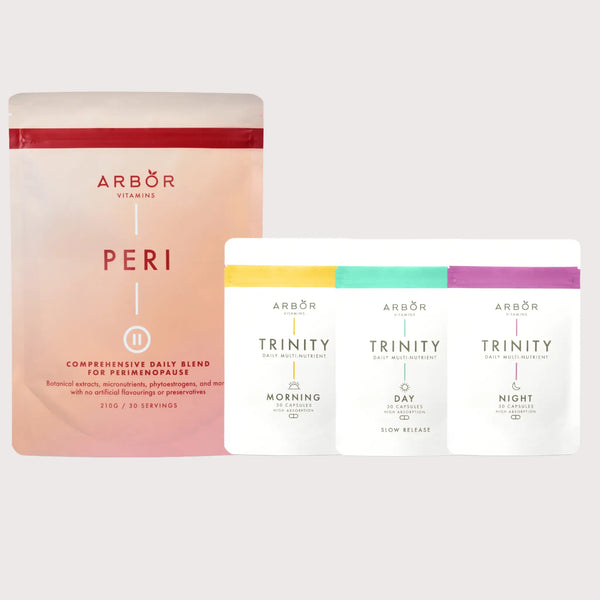As the popularity of dietary supplements continues to rise, it is crucial to scrutinise the active ingredients and the inactive components present in these products. Supplement excipients, the substances used to formulate and deliver the active ingredients, can play a significant role in the safety and efficacy of these products. This blog post delves into the world of common unhealthy supplement excipients, exploring five supplement ingredients to avoid their potential risks and implications for human health.
Common Unhealthy Supplement Ingredients
Excipient Categories and Controversies:
Fillers and Binders:
- Common examples: Microcrystalline cellulose, lactose, dicalcium phosphate.
- Controversies: Fillers and binders can pose issues for individuals with allergies, intolerances, or specific dietary requirements. Additionally, some fillers may impact the absorption or bioavailability of active ingredients.
Lubricants and Glidants:
- Common examples: Magnesium stearate, stearic acid, talc.
- Controversies: Lubricants and glidants, although essential for manufacturing processes, can raise concerns due to their potential adverse effects on digestion, absorption, and nutrient utilisation.
Coatings and Shellac:
- Common examples: Shellac, titanium dioxide, polyvinyl alcohol.
- Controversies: Coatings and shellac are primarily used for aesthetic purposes, but they can pose risks for individuals with sensitivities or allergies. Moreover, certain coatings may impede the release or dissolution of active ingredients.
Preservatives and Antioxidants:
- Common examples: Sodium benzoate, butylated hydroxytoluene (BHT), potassium sorbate.
- Controversies: While preservatives and antioxidants are employed to extend the shelf life and maintain product integrity, certain compounds have raised concerns about potential health risks, including allergic reactions and disruption of normal physiological processes.
Colouring Agents:
- Common examples: FD&C dyes, iron oxide, titanium dioxide.
- Controversies: Artificial colouring agents have been associated with hypersensitivity reactions, allergic responses, and behavioural changes, particularly in susceptible individuals, such as children.
As consumers become more conscious about the supplements they take, understanding the potential risks associated with common unhealthy supplement excipients is paramount. Manufacturers, regulatory agencies, and consumers alike must work together to ensure that supplement excipients are chosen carefully, adhering to rigorous safety standards. By promoting transparency, research, and informed decision-making, we can strive for safer and more effective dietary supplements that truly enhance human health and well-being.
It is for this reason our TRINITY Formula contains nothing but nutrients!













